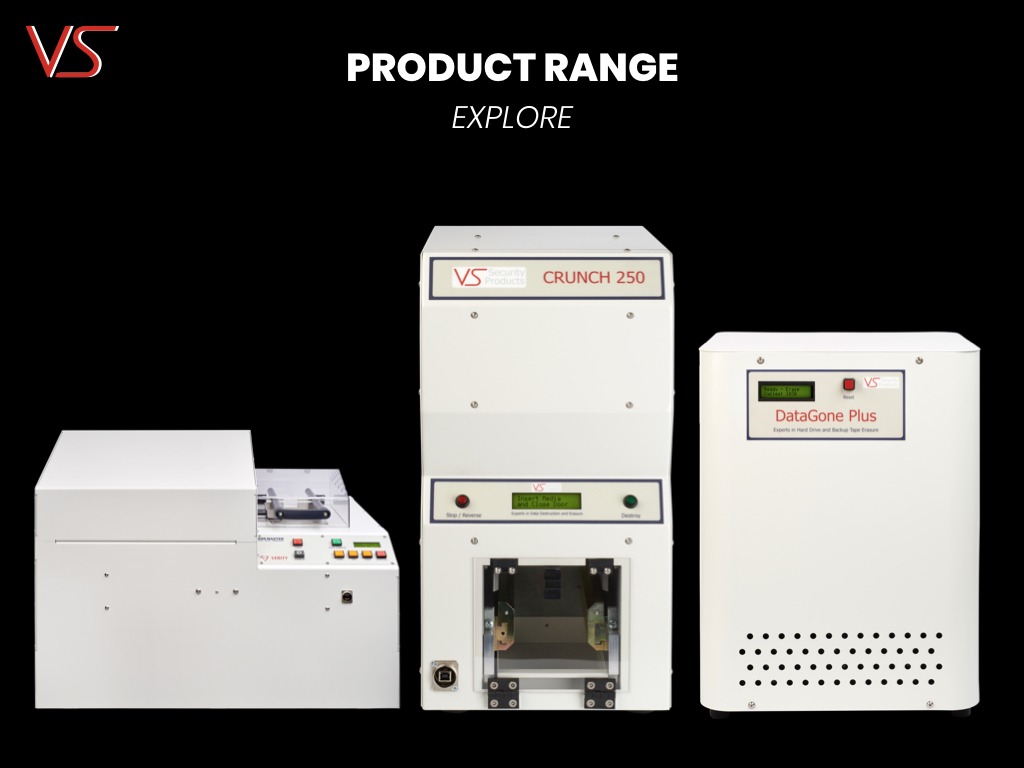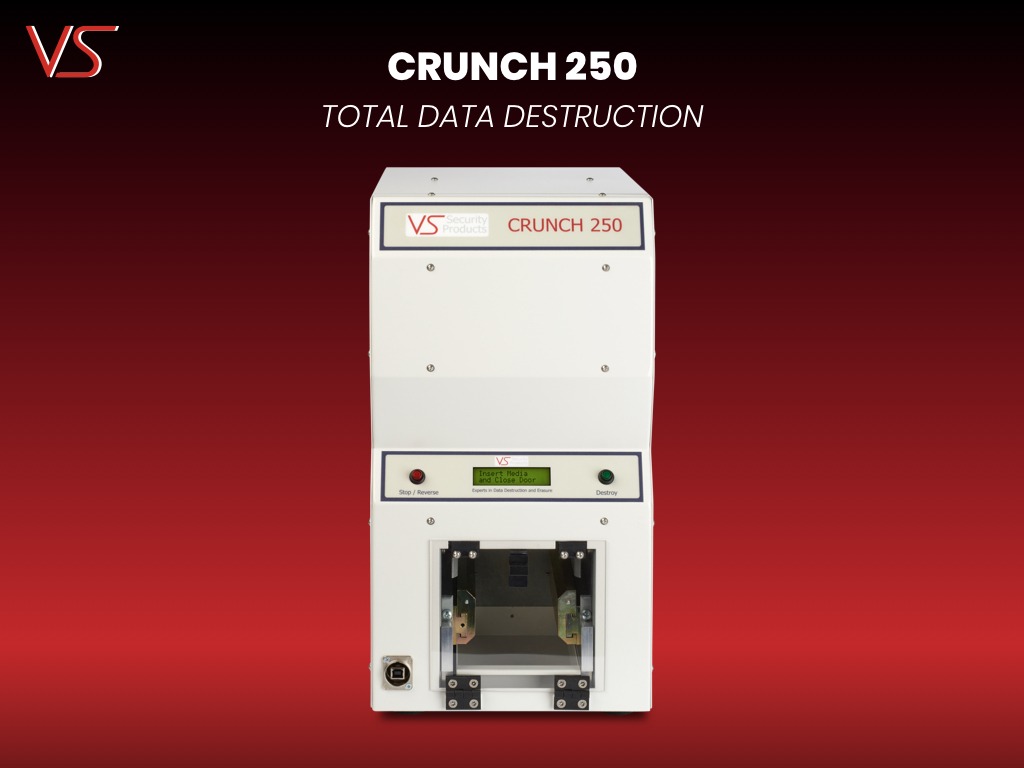What are the most common mistakes people make when destroying hard drives?

Hard drives contain a lot of sensitive data, so it is important to destroy them securely when they are no longer needed. However, many people make mistakes when destroying hard drives, which can leave their data vulnerable to unauthorized access, and leave personal information exposed — leading to negative consequences.
Here are some of the most common mistakes people make when destroying hard drives:
- Deleting files: Deleting files from a hard drive does not actually destroy the data. The data is still there, it is just marked as deleted within the software user interface such as Windows or OSX. Anyone with the right tools can recover deleted files as these are written magnetically onto the hard drive itself.
- Formatting a hard drive: Formatting a hard drive also does not destroy the data. The file system is erased, but the data itself is still there and is merely overwritten.
- Using a magnet: Magnets placed on a hard drive cannot destroy the data. This requires a very powerful degaussing field to produce the required effect.
- Physically destroying a hard drive: This can be effective, but it is important to do it properly with an approved hard drive destroyer. Simply using a hammer or drill will not effectively destroy hard drives and the data they store.
Here are some additional mistakes people make when destroying hard drives:
- Not destroying all of the hard drives: When a company or organization disposes of old computers, it is important to destroy all of the hard drives including external drives and unused SATA hard disks inside desktop towers which are often forgotten about. If even one hard drive is not destroyed, the data on it could be compromised.
- Not documenting the destruction process: It is important to document the destruction process so that you can prove that the data has been destroyed. This documentation can be used to demonstrate compliance with legal and regulatory requirements. Using a software solution that records data destruction like the Data Destruction Auditor, in combination with an industry standard degausser or hard drive destroyer can facilitate this.
- Not using a certified data destruction company: If you are not comfortable destroying hard drives yourself, you should use a certified data destruction company or buy a hard drive destroyer or degausser from an accredited manufacturer. These companies use industry-standard methods to destroy hard drives, and they can provide you with solutions allowing you to prove that the data has been destroyed.
Conclusion
Destroying hard drives securely is important to protect sensitive data. By avoiding the mistakes listed above, you can help to ensure that your data is destroyed properly and that it cannot be recovered.
Additional tips for destroying hard drives securely:
- Destroy the hard drive. Shredding is one of the most effective ways to destroy a hard drive physically. See the MediaGone 500 SSD Media Shredder.
- Degauss the hard drive. Degaussing uses a strong magnetic field to erase the data on a hard drive. See the DataGauss Max Degausser.
- Overwrite the data on the hard drive. Overwriting the data on a hard drive with software can also be effective in erasing data but only for personal use as this doesn’t destroy the data on the drive (it can be recovered at a later stage).
No matter which method you choose, it is important to make sure that the hard drive is destroyed properly, especially if you are holding personal data. By following these tips, you can help to protect your sensitive data and prevent it from falling into the wrong hands.
Photo credit: © Jonathan Farber


